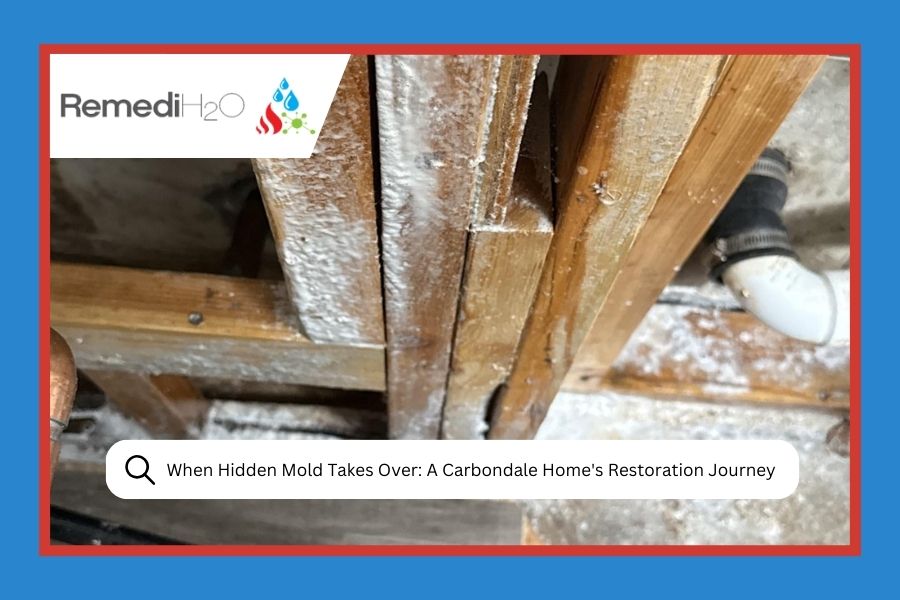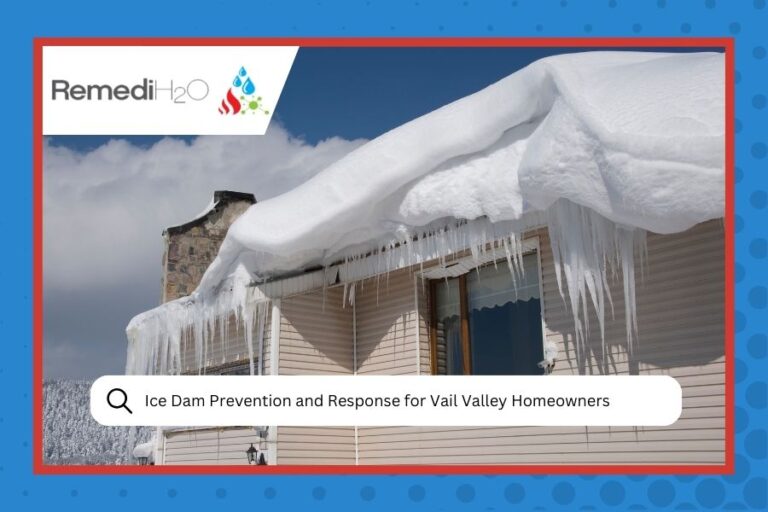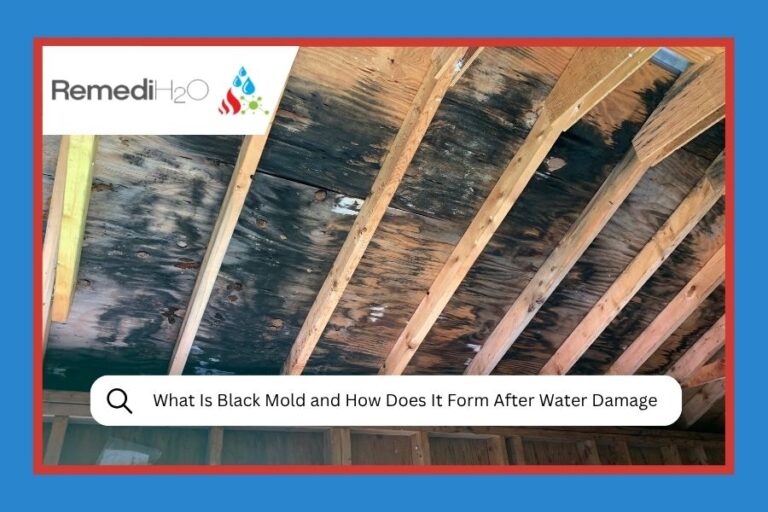Sometimes the biggest problems are the ones you can’t see. That’s exactly what happened at a beautiful home in Carbondale, where what started as routine maintenance quickly turned into a full-scale mold remediation project.
The homeowner had noticed some minor water staining near their basement laundry area, but like many of us, they figured it was just cosmetic damage that could wait. What they didn’t realize was that moisture had been quietly working behind the scenes for months, creating the perfect conditions for mold growth in places no one could see.
The Hidden Threat Behind the Walls
When our RemediH2O team arrived for the initial inspection, we immediately knew this wasn’t going to be a simple surface-level repair. The telltale signs were all there: elevated humidity readings of 53.2%, water staining on drywall, and that musty smell that homeowners often dismiss as just “basement air.”
Initial Inspection Reveals Hidden Problems
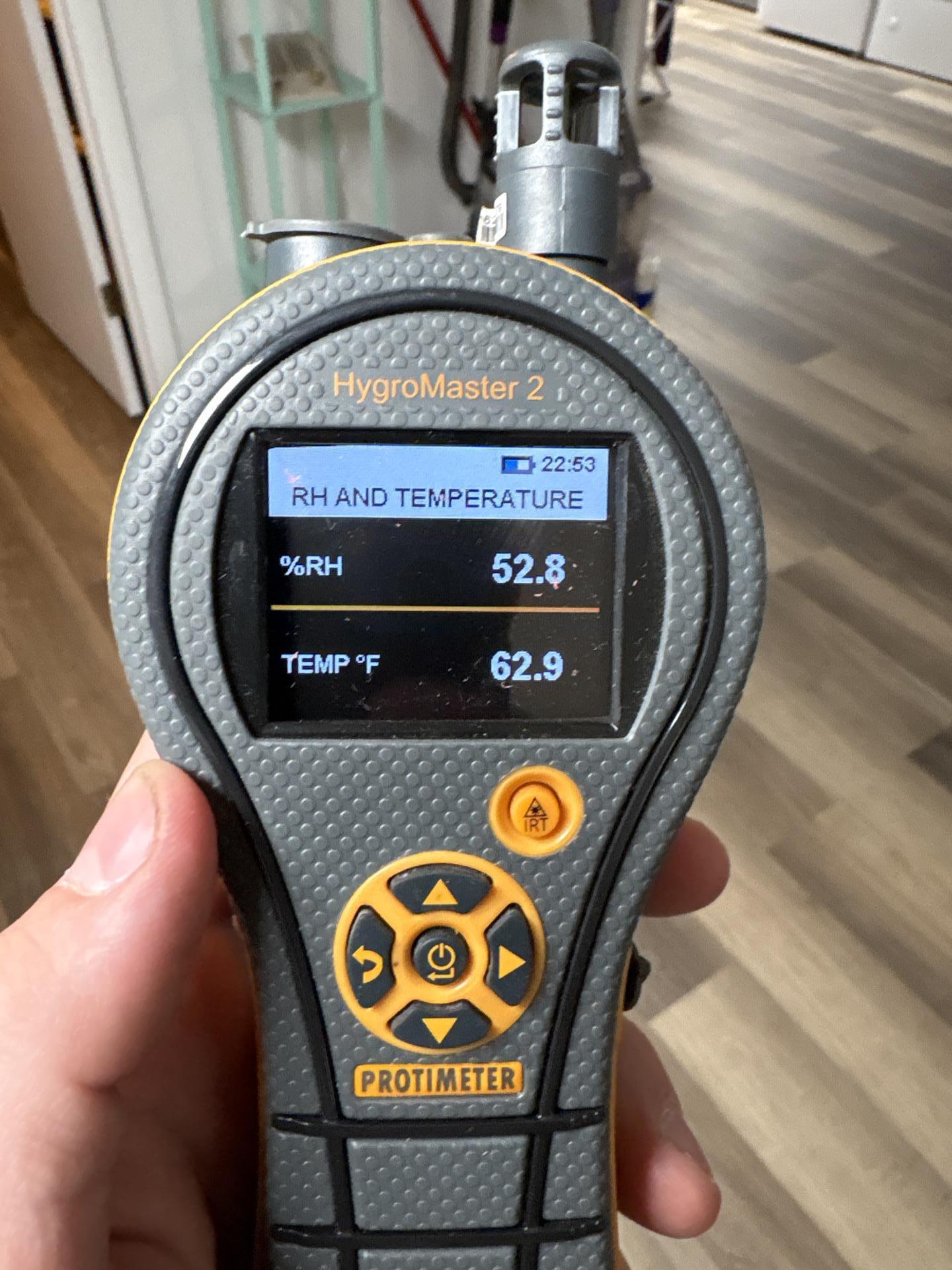
Humidity readings revealed dangerous moisture levels
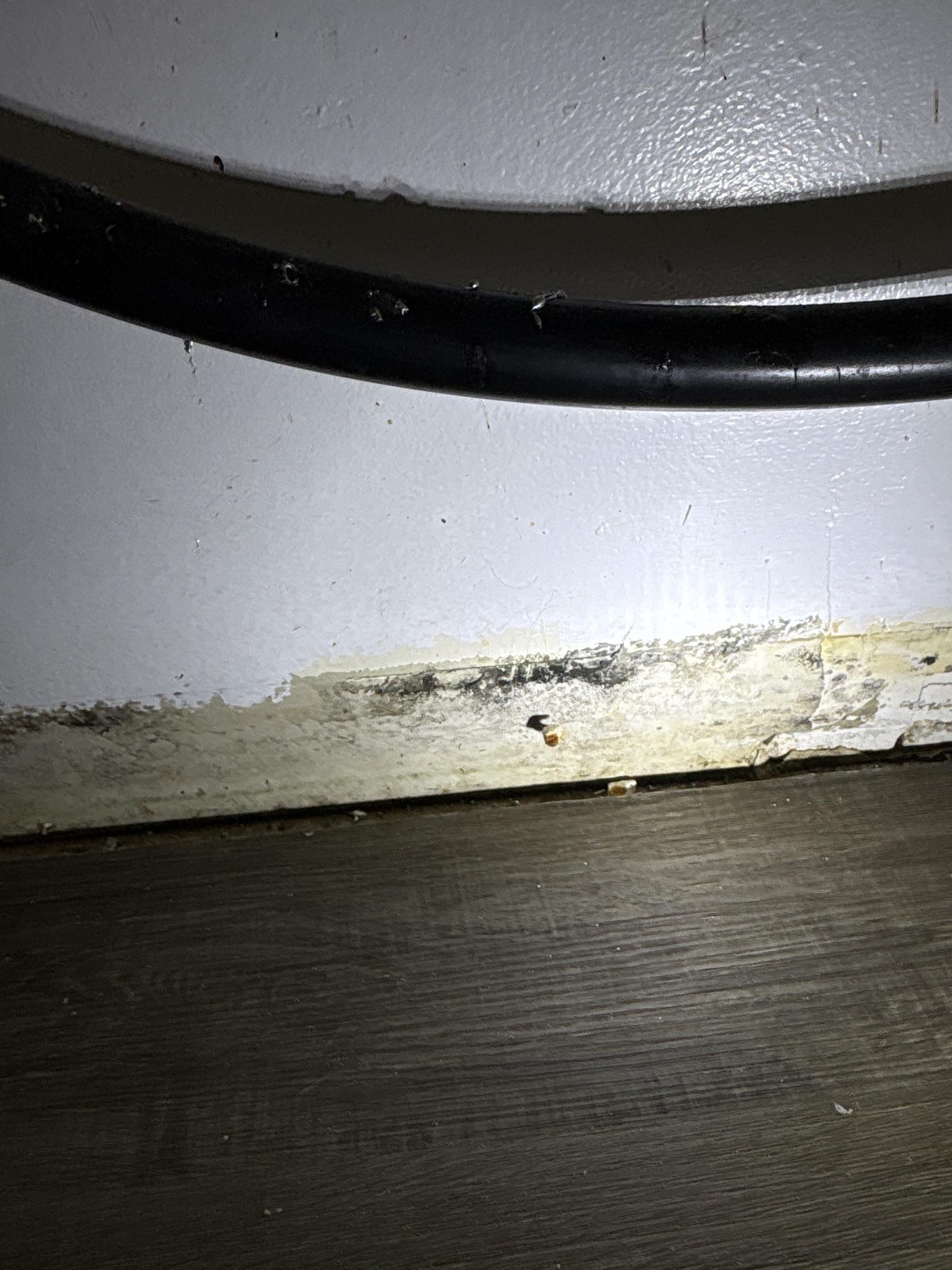
Suspect microbial growth near water treatment equipment
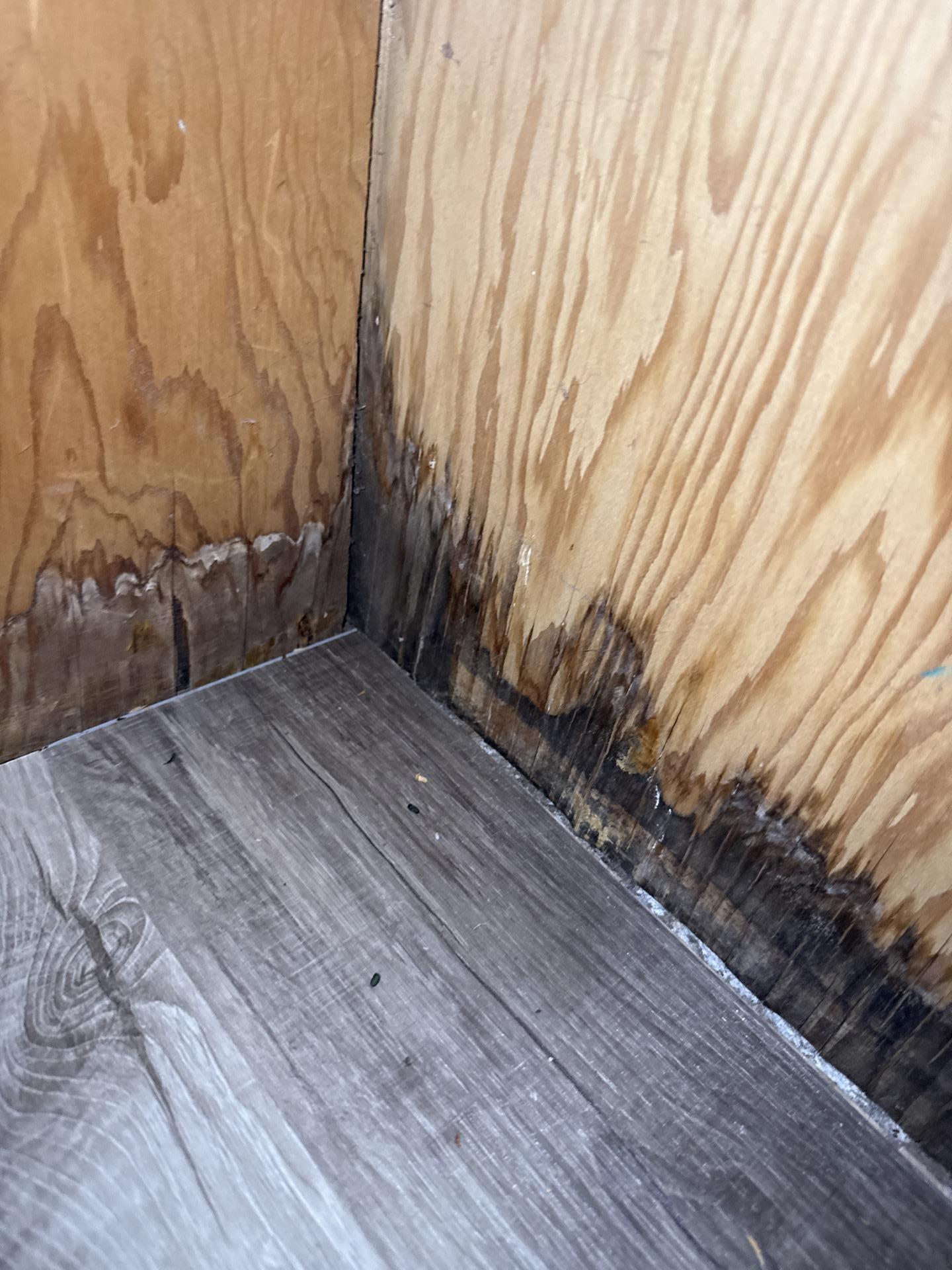
Basement conditions supporting mold growth
But the real shock came when we began our thorough assessment. What looked like minor water damage from the outside revealed a much more serious situation once we started investigating:
- Compromised plywood in the under-stair closet showed visible separation between layers
- Microbial growth was discovered between plywood sheets where moisture had been trapped
- Laundry room drywall contained suspect microbial colonies that had been growing undetected
The homeowner was understandably overwhelmed. “I had no idea it was this bad,” they told us, a sentiment we hear often in these situations. The truth is, mold doesn’t announce itself with fanfare. It creeps in quietly and establishes itself long before most people realize there’s a problem.
Why This Happens More Than You’d Think
Colorado’s climate creates unique challenges for moisture control. The combination of seasonal temperature swings, mountain humidity, and older home construction can create perfect conditions for hidden moisture problems. In this case, the dryer exhaust duct was in poor condition, allowing warm, moist air to escape into wall cavities where it condensed and created an ideal environment for mold growth.
The Science Behind Professional Mold Remediation
This wasn’t a job for bleach and a scrub brush. When mold penetrates building materials like plywood and drywall, it sends root-like structures called hyphae deep into the material. Surface cleaning simply won’t reach these embedded contaminants.
Our approach followed strict IICRC standards for professional mold remediation:
Professional Remediation Process
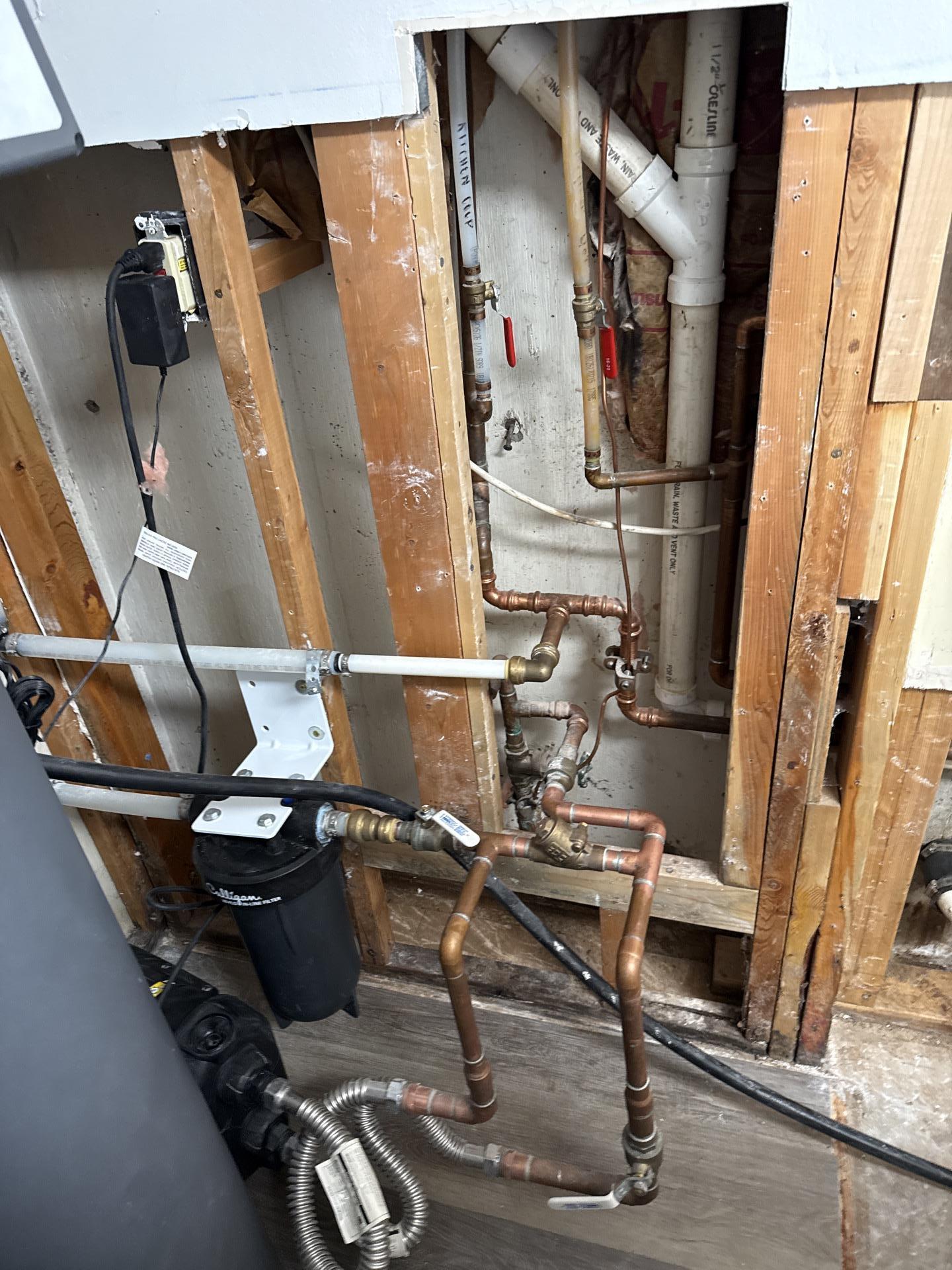
Professional containment barriers in place
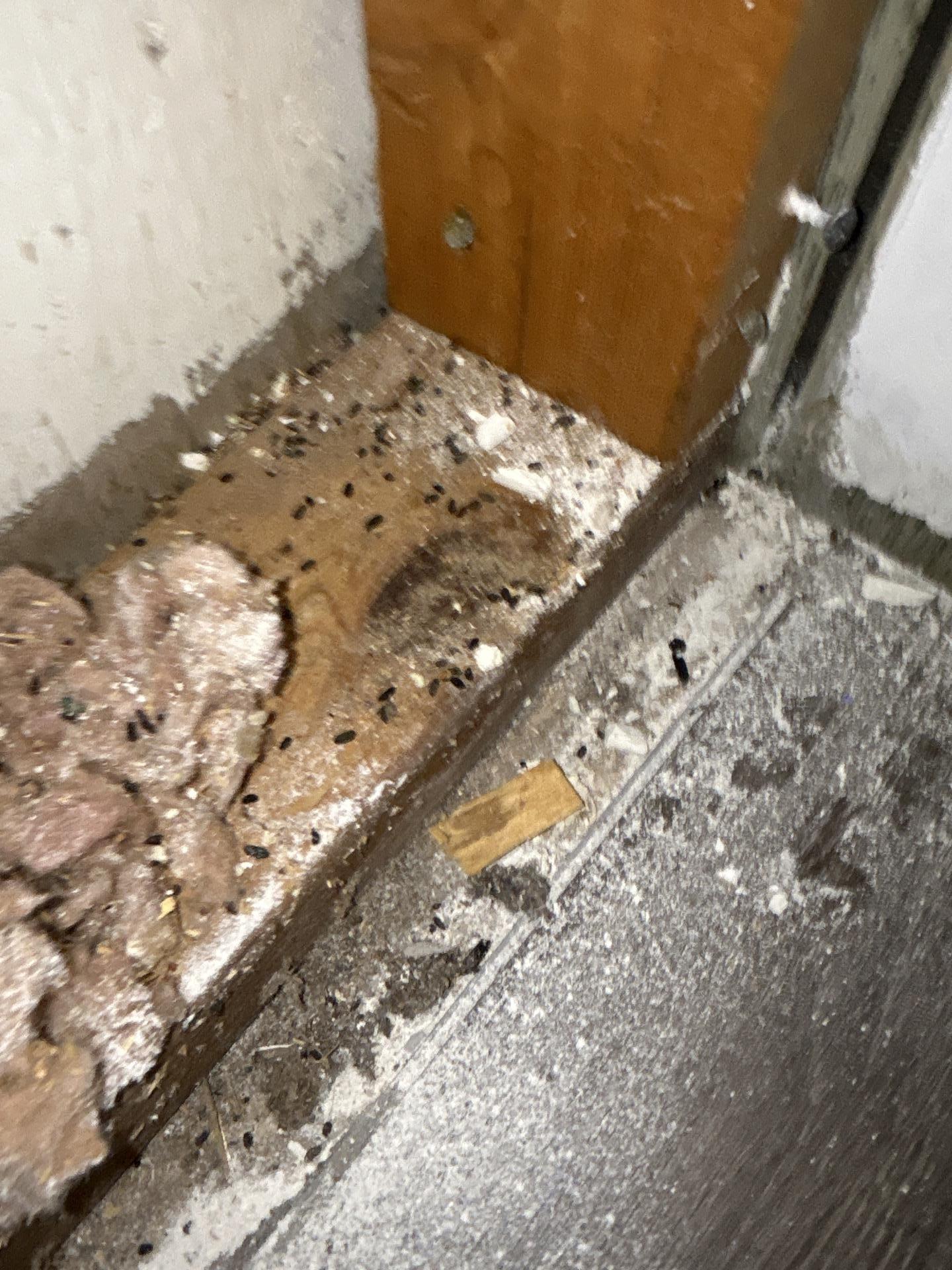
Careful removal of contaminated materials
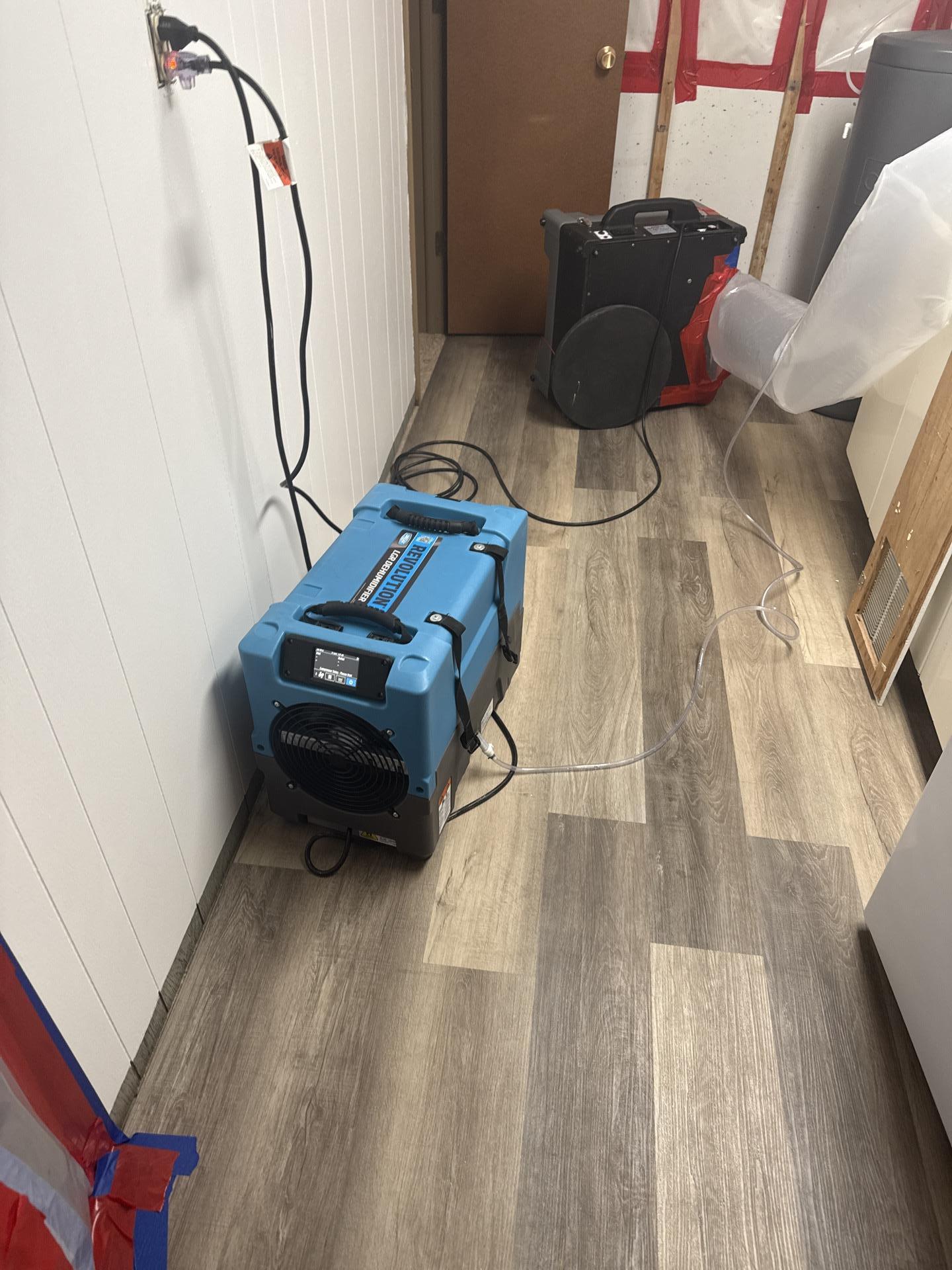
Commercial-grade drying equipment
Containment and Air Quality Control
- Critical containment barriers using 6-mil plastic sheeting to isolate the work area
- HEPA-filtered air scrubbers maintaining negative pressure to prevent spore migration
- Additional air filtration devices in adjacent areas for extra protection
Safe Material Removal
The most challenging part was the plywood removal. Water damage had caused the layers to separate and swell, and during removal, pieces broke off revealing extensive growth between the sheets. Even with advanced treatment methods, there’s no guarantee that all areas within compromised plywood can be properly treated. The only way to ensure complete mold removal was complete material replacement.
Thorough Decontamination Process
- Peroxide-based antimicrobial treatment on all exposed surfaces
- Mechanical scrubbing and sanding of structural components
- HEPA vacuuming to remove any residual contamination
- Final antimicrobial wipe-down of all surfaces and contents
Lessons Learned and Prevention Tips
This Carbondale home taught us (and the homeowners) several valuable lessons about moisture management:
Early intervention is everything. What started as minor water staining could have been addressed with simple repairs and proper drying. By the time extensive mold growth occurred, the scope and cost of remediation increased significantly.
Humidity monitoring matters. Installing simple humidity monitors in basements and crawl spaces can alert homeowners to problems before they become disasters. Anything consistently above 50% relative humidity should be addressed immediately.
Regular maintenance prevents major problems. The failing dryer vent in this home had been deteriorating for months. Regular inspection and maintenance of exhaust systems, especially in moisture-prone areas, can prevent these issues entirely.
For more insights on preventing similar problems in your home, check out our guide on how to prevent mold growth and 5 tips to prevent home water damage.
Transformation: Before, During, and After
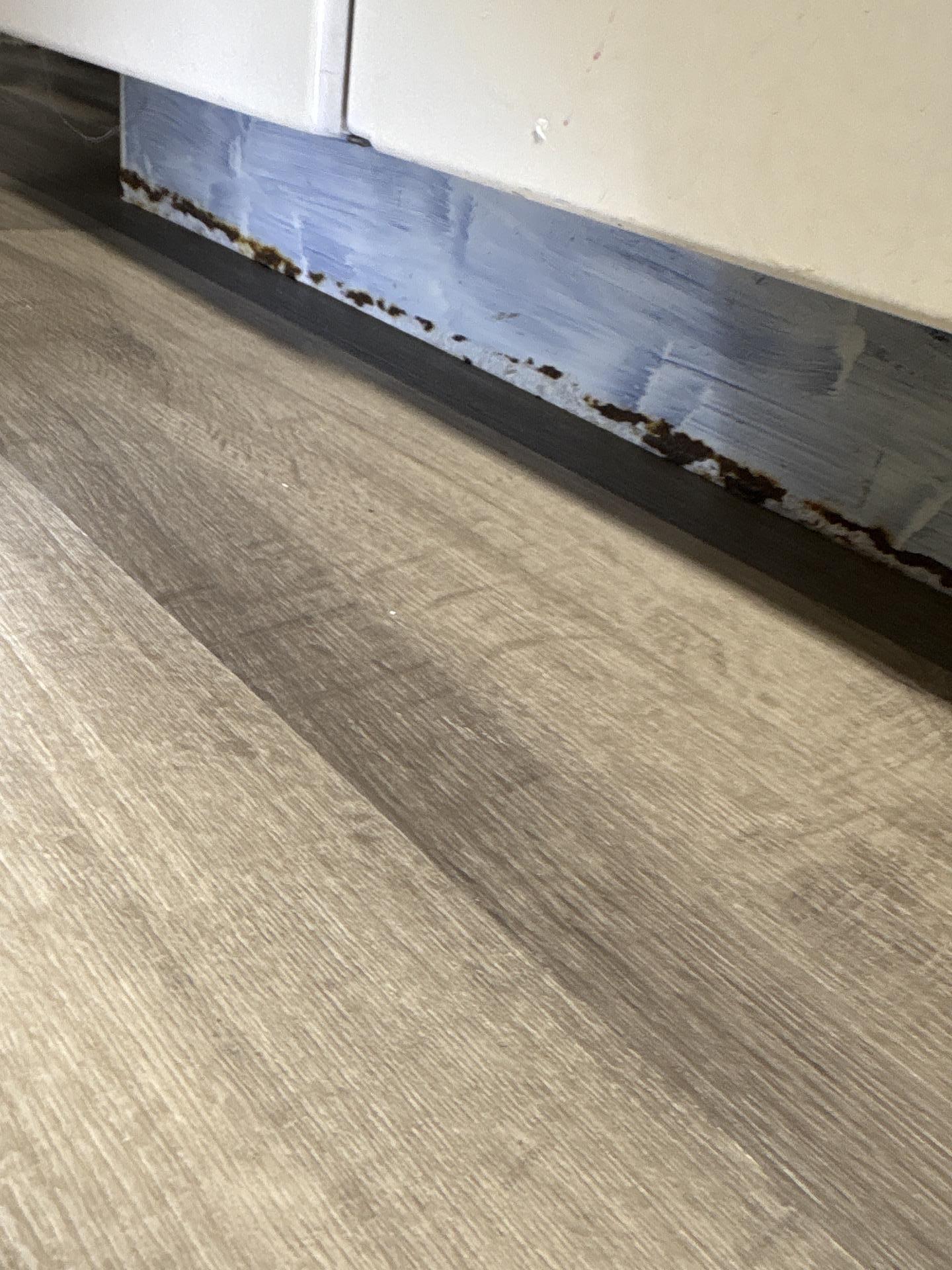
Before: Previous water damage and staining
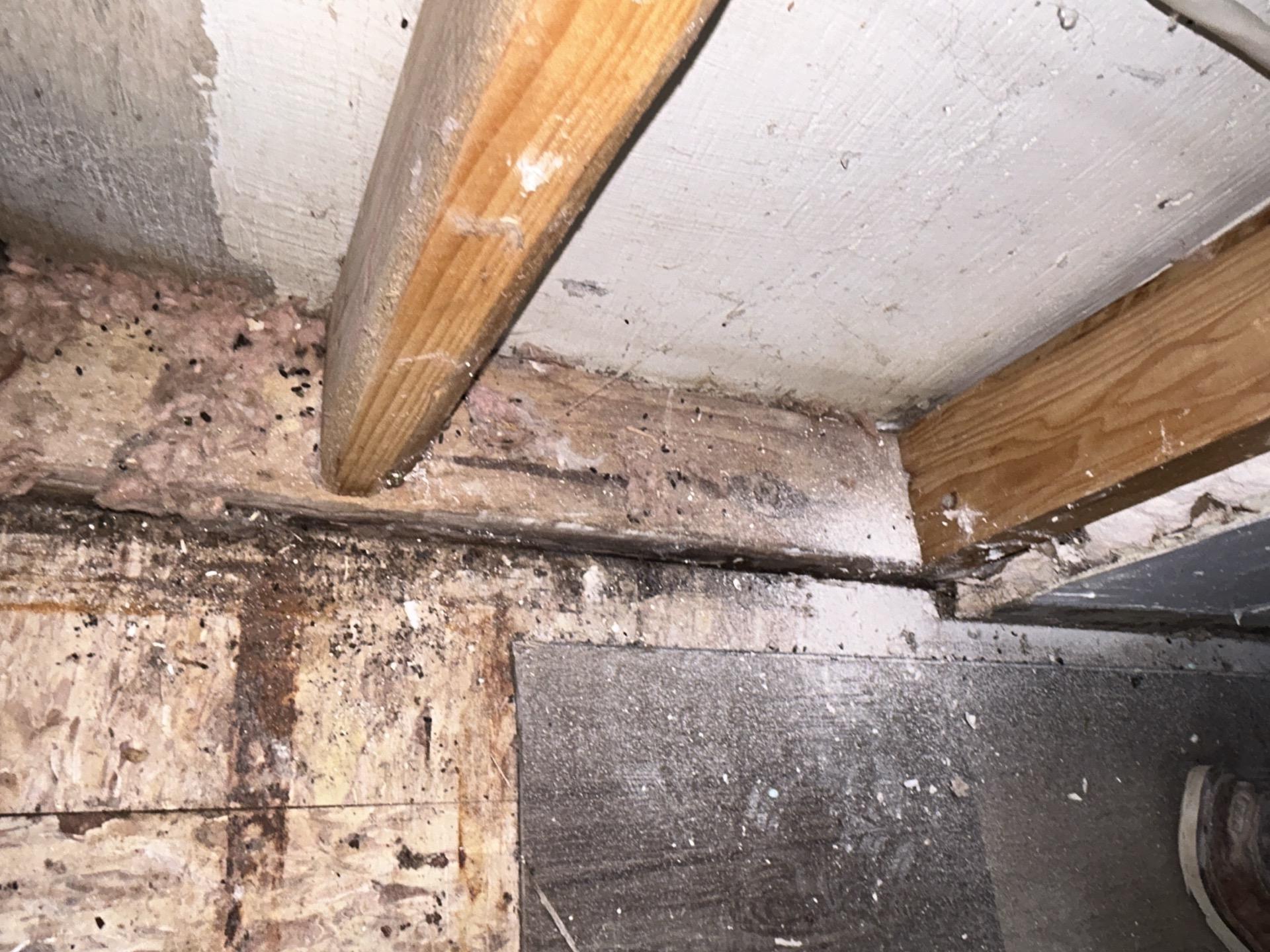
During: After removal of contaminated materials
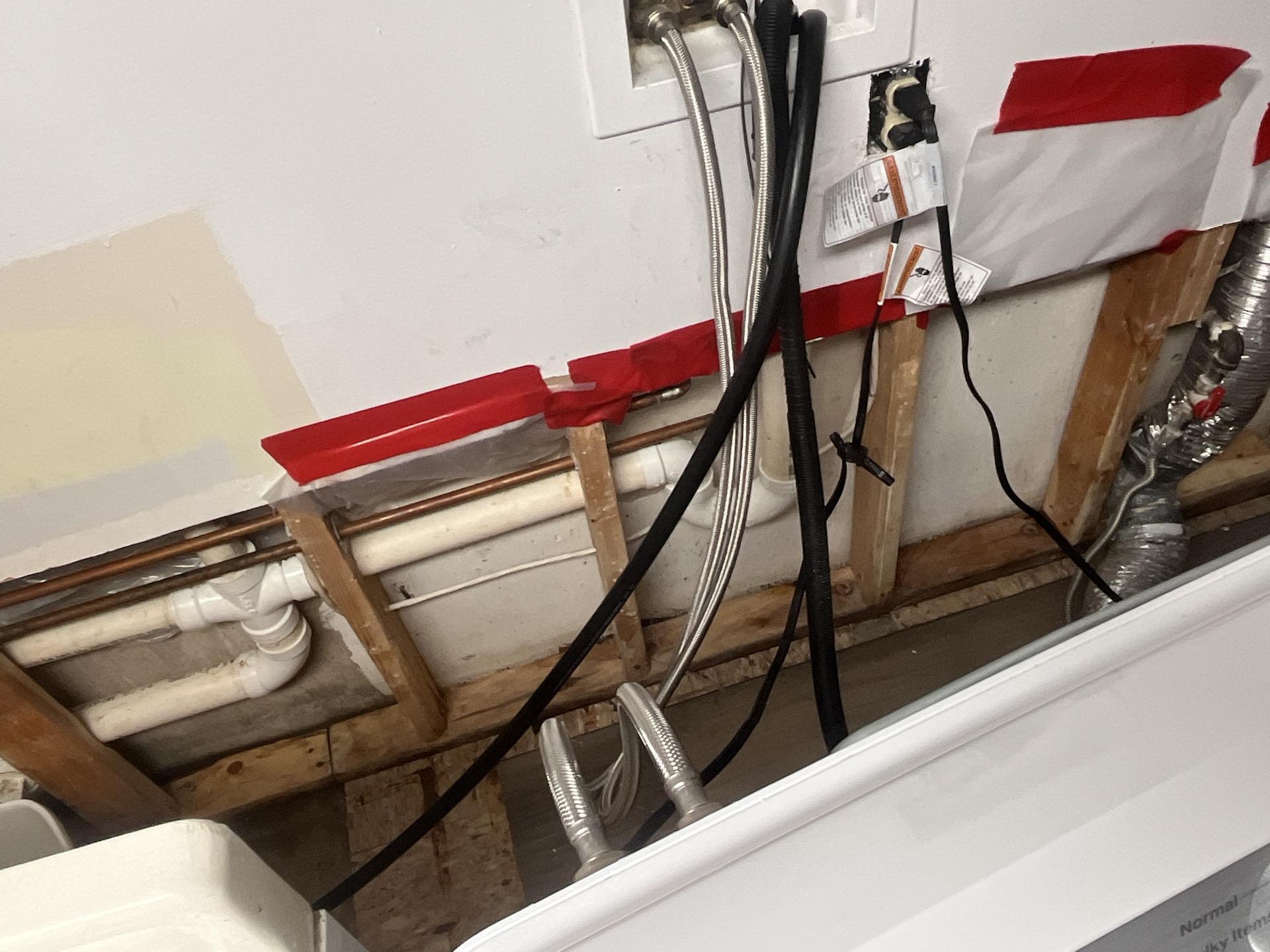
After: Professional remediation complete
The Road to Recovery
The entire remediation process took several days to complete properly. Throughout the project, we maintained open communication with the homeowners, explaining each step and why it was necessary. We’ve learned that education reduces anxiety, and when people understand what’s happening, they feel more in control of an otherwise stressful situation.
Post-remediation verification (PRV) by an independent third party confirmed that our work met industry standards. The air quality had returned to normal levels, and all surfaces tested clear of microbial contamination.
Why Professional Remediation Matters
Some homeowners wonder if they can handle mold problems themselves. While minor surface mold on non-porous materials might be manageable with proper precautions, hidden contamination like this Carbondale case requires professional expertise.
The health risks alone make professional remediation worth the investment. Disturbing mold without proper containment and protection can release thousands of spores into the air, potentially affecting the entire home and putting family members at risk. Professional teams have the equipment, training, and experience to handle these situations safely.
We’ve seen too many DIY attempts that actually made problems worse. In one recent case, a homeowner’s attempt to clean basement mold ended up spreading contamination to the main floor when they didn’t use proper containment procedures. You can read about that experience in our case study from Glenwood Springs.
Moving Forward with Confidence
Today, this Carbondale home is healthier than it’s been in years. The homeowners learned to recognize early warning signs and understand the importance of addressing moisture issues quickly. They’ve also implemented some simple monitoring systems to catch any future problems early.
If you’re dealing with water damage, suspect mold growth, or just want peace of mind about your home’s indoor air quality, don’t wait. The longer these problems persist, the more complex and expensive they become to address.
Don’t Let Mold Take Over Your Home
Get professional help before small problems become big disasters
Emergency Response
24/7 availability for emergencies
(970) 715-6990
